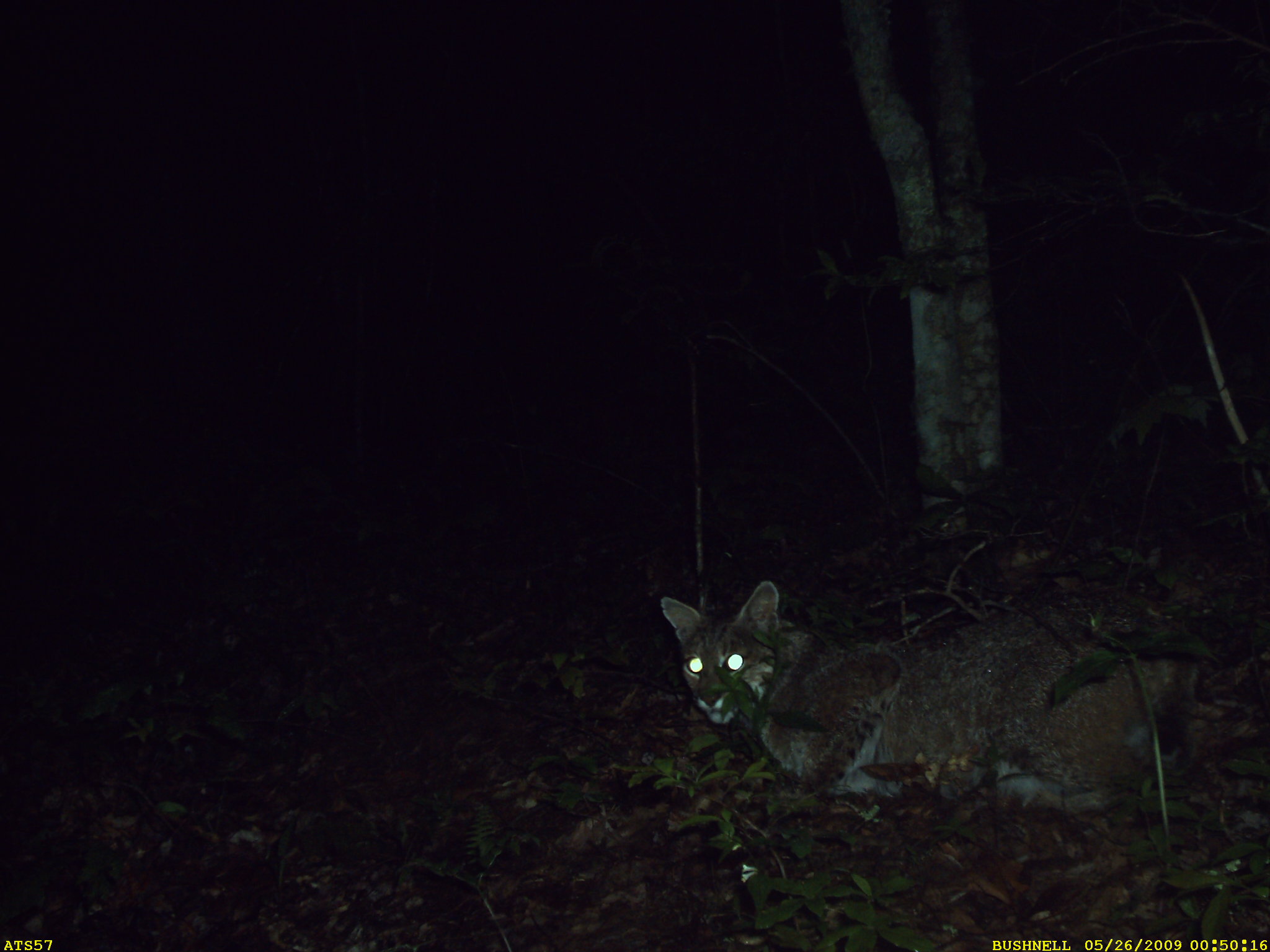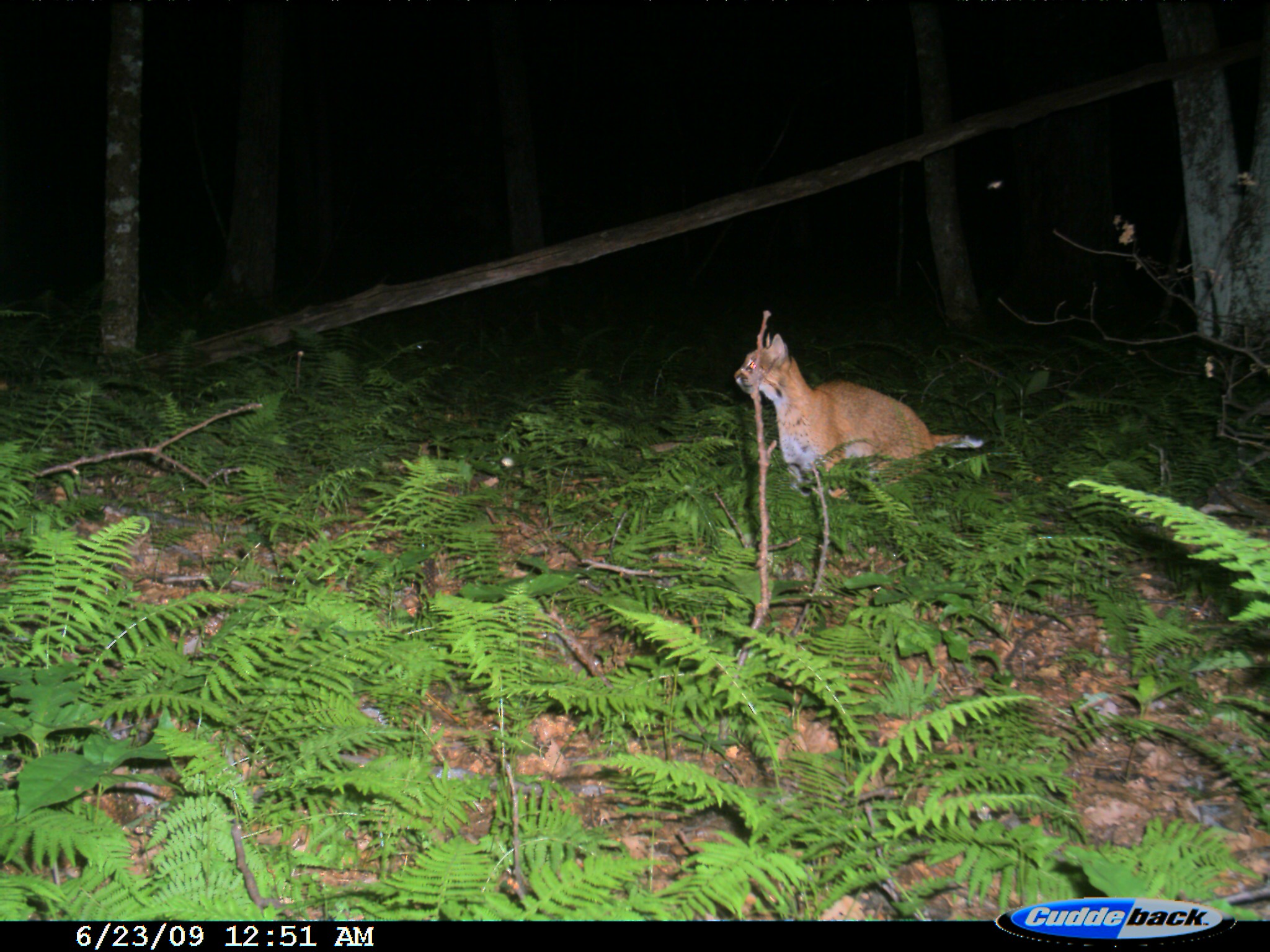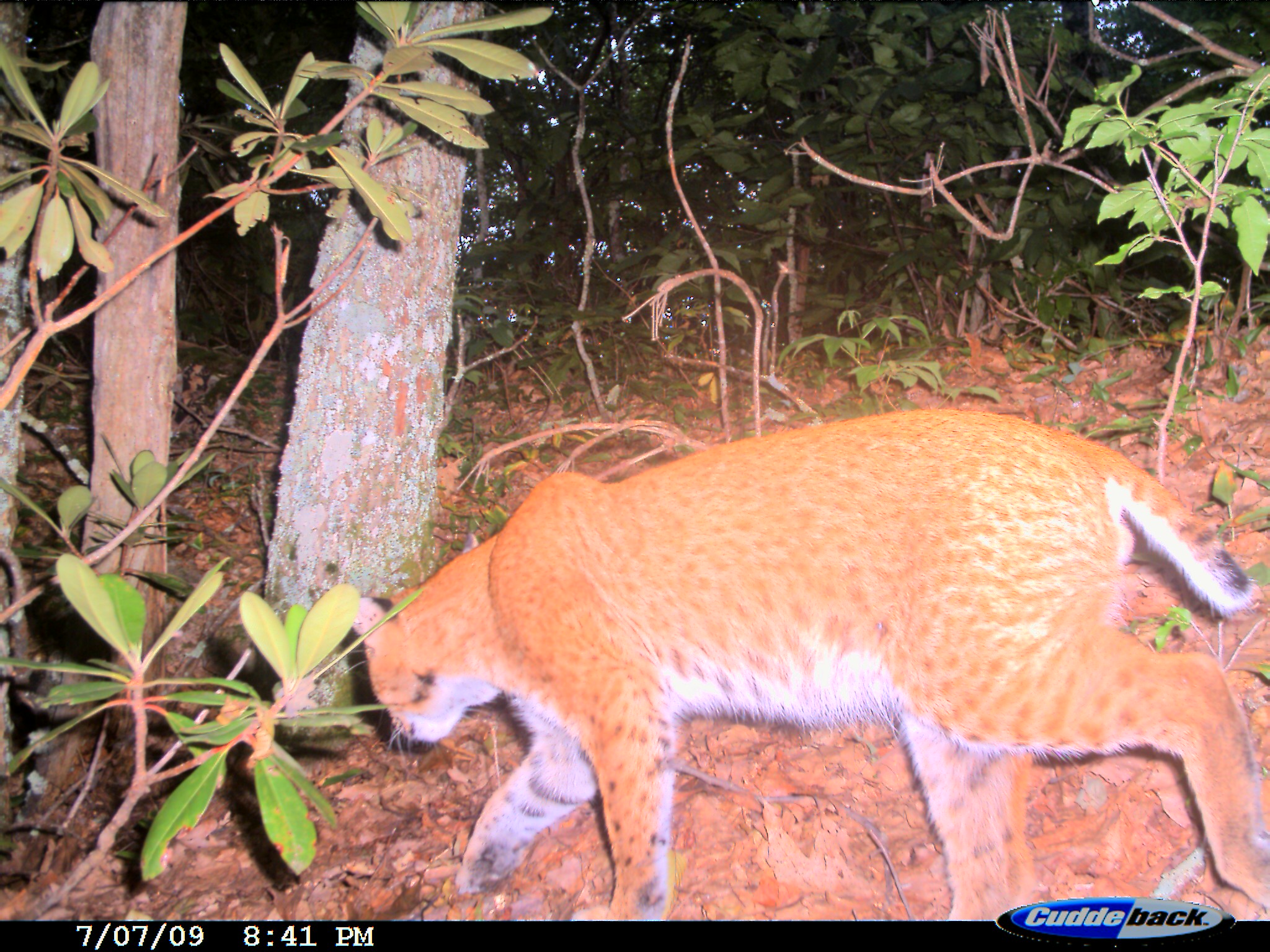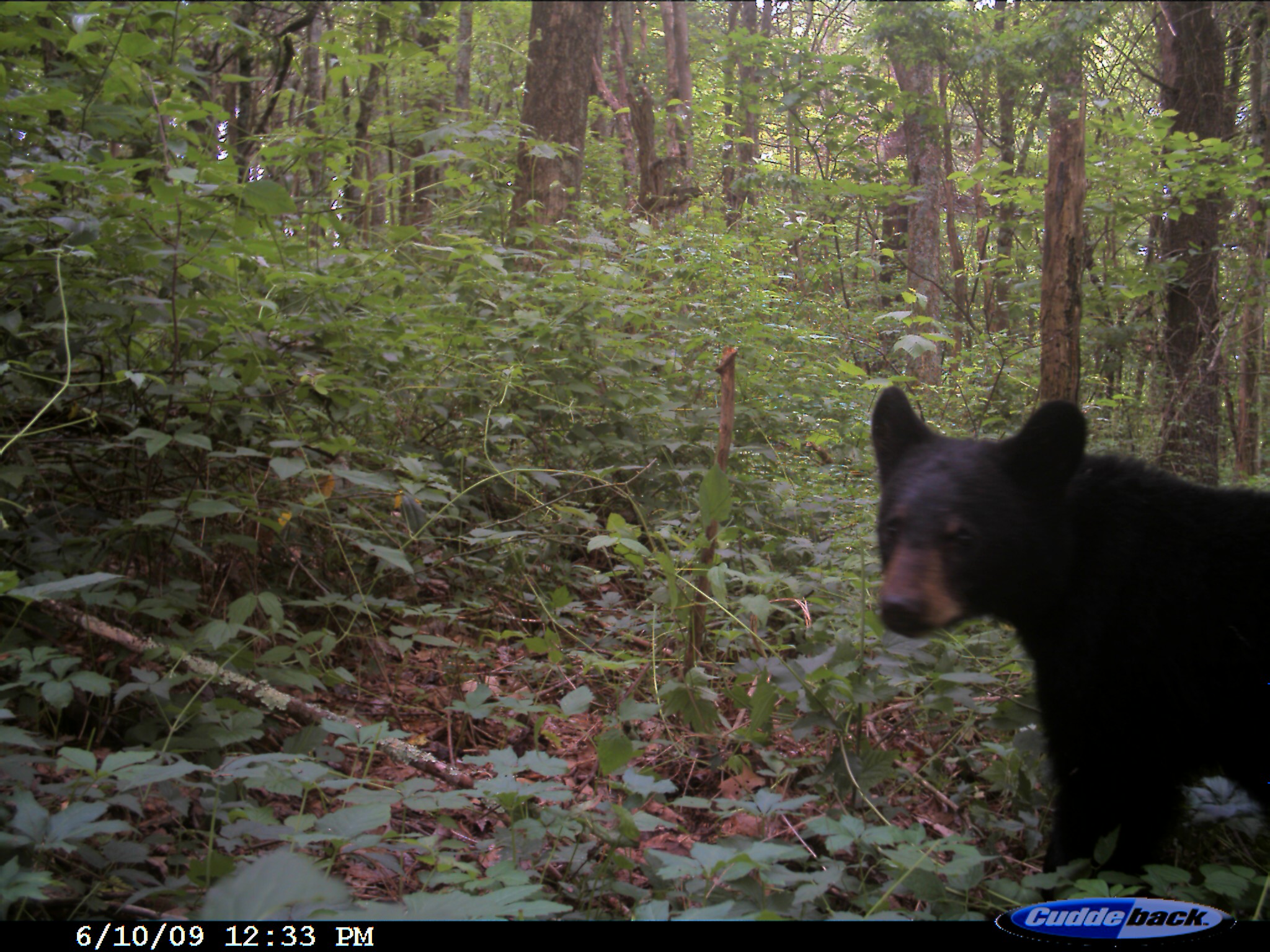Appalachian Trail Project
Appalachian Trail, Virginia, USA, 2007-2009 - Citizen-science based wildlife monitoring project using the Appalachian Trail as a MEGA-transect. Data was used to assess anthropogenic and landscape effects on mammal occupancy in the AT corridor.
Study Description:
This project was conducted by the Smithsonian Institution, with assistance from multiple volunteer groups but primarily the Appalachian Trail Club. It was a citizen-science based project examining mammal distributions across a segment of the Appalachian Trail. The project assessed anthropogenic and landscape effects on mammal occupancy.
Study Design:
This study took place from May 2007 to November 2009, in six states along the Appalachian Trail: Pennsylvania, Maryland, Virginia, W. Virginia, Tennessee, and North Carolina. Cuddleback Digital and Bushnell Trail Scout Digital camera models were set at 447 camera stations for an average of 30 days. Scent lure was applied on the day of deployment. The trail was divided into 2 km segments, and sample points were randomly selected within each segment. Selected points were separated by 1 km and placed 50–500 meters from the trail. The survey totaled 18,807 camera days of effort along a 1024 km section of the Appalachian Trail.
Study Description:
This project was conducted by the Smithsonian Institution, with assistance from multiple volunteer groups but primarily the Appalachian Trail Club. It was a citizen-science based project examining mammal distributions across a segment of the Appalachian Trail. The project assessed anthropogenic and landscape effects on mammal occupancy.
Study Design:
This study took place from May 2007 to November 2009, in six states along the Appalachian Trail: Pennsylvania, Maryland, Virginia, W. Virginia, Tennessee, and North Carolina. Cuddleback Digital and Bushnell Trail Scout Digital camera models were set at 447 camera stations for an average of 30 days. Scent lure was applied on the day of deployment. The trail was divided into 2 km segments, and sample points were randomly selected within each segment. Selected points were separated by 1 km and placed 50–500 meters from the trail. The survey totaled 18,807 camera days of effort along a 1024 km section of the Appalachian Trail.









